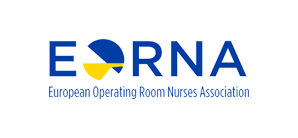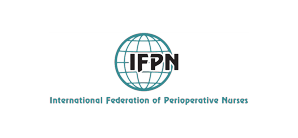Εvaluation of working stress during the economic crisis to the administrative personnel of Αthens Τechnological Εducational Ιnstitute
Konstantinos Ntelezos, Eirini Mentziou, Antonia Koutou, Klaudia Konomi, Aikaterini Nestoridou
Thursday, May 1, 2014
Publication year:
2014
Authors:
- Ntelezos Konstantinos, Work Health And Safety Laboratory, Department of Public Health, Faculty of Health and Caring Profesions, Technological Educational Institution (TEI) of Athens, Egaleo, Athens, Hella
- Mentziou Eirini, Work Health And Safety Laboratory, Department of Public Health, Faculty of Health and Caring Profesions, Technological Educational Institution (TEI) of Athens, Egaleo, Athens, Hellas
- Koutou Antonia, Work Health And Safety Laboratory, Department of Public Health, Faculty of Health and Caring Profesions, Technological Educational Institution (TEI) of Athens, Egaleo, Athens, Hellas
- Konomi Klaudia, Work Health And Safety Laboratory, Department of Public Health, Faculty of Health and Caring Profesions, Technological Educational Institution (TEI) of Athens, Egaleo, Athens, Hellas
- Nestoridou Aikaterini, Work Health And Safety Laboratory, Department of Public Health, Faculty of Health and Caring Profesions, Technological Educational Institution (TEI) of Athens, Egaleo, Athens, Hellas
Keywords index:
Pages: 88-97
Abstract:
According to WHO working stress is the second most frequent health problem that influences one third of the working population in European Union. Theaim ofthe present study was to explore working stress that experience the administrative staff of the Technological Educational Institution of Athens.Method and material :Data were collected by the completion of a special questionnaire that apart from socio-demographic characteristics it also included the scale Maslach Burn out Inventory (MBI) and the scale of Sense of Coherence (SOC).
Results :The study resulted in a statistical significant correlation between work stress and headaches (p=0,003), the feeling of weight on the chest (p=0,031) and pain in the back (p=0,023). Moreover a statistical significant correlation was found between the management of free time andthe pain in the feet (p=0,019) since the employees’ majority chooses to sleep.
Conclusions :The conclusion of the research is the statistical significant correlation between stress and the appearance of pathological symptoms that have a negative influence in the human body.
Download PDF


